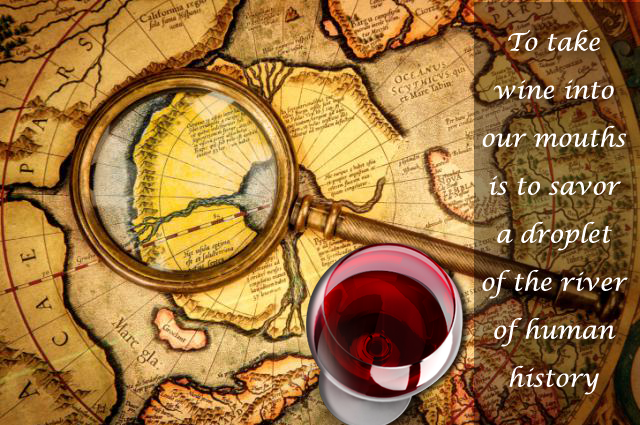The Oldest drink in history!
The history of wine is a fascinating journey that spans thousands of years and is closely intertwined with the development of agriculture, cuisine, civilization, and humanity itself. The oldest evidence of ancient wine production has been found in several regions:
Georgia: Traces of grape wine dating back to around 6000 BCE have been discovered in Georgia.
Iran: Evidence of wine production dates to approximately 5000 BCE in Iran.
Greece: Around 4500 BCE, Greeks were already producing wine.
Armenia: Large-scale wine production occurred in Armenia from approximately 4100 BCE.
Sicily: In 4000 BCE, Sicily also contributed to the early history of wine.
Additionally, in China, there is evidence of a fermented alcoholic beverage made from rice, honey, and fruit around 7000 BCE.
Origins and Domestication of Grapevines:
The exact details of the first cultivation of wild grapevines remain uncertain.
Hypotheses suggest that early humans initially collected wild grapes for their sugary flavor.
As fermentation occurred naturally, low-alcohol wine would form at the bottom of containers.
The transition from a nomadic to a sedentary lifestyle around 10,000–8000 BCE led to agriculture and wine domestication.
Wild grapes grew in regions such as the Caucasus (Armenia, Azerbaijan, Georgia), the northern Levant, coastal Turkey, southeastern Turkey, and northern Iran.
The ancient Greeks revered wine as a symbol of health, trade, and religion, and dedicated a god, Dionysus, to it. They stored wine in ceramic jars called pithos. Wine spread to Europe and the Middle East through trade and conquest, and became a staple of Roman culture and cuisine. Different grape varieties and wine styles emerged in different regions. In the Middle Ages, wine was a safer alternative to water, and was produced by monasteries and feudal lords. Wine also played a role in the Christian sacrament of communion. In the 1800s, wine faced challenges from diseases, pests, and wars, but also benefited from scientific and technological advances, such as pasteurization, bottling, and corking. Following the voyages of Columbus, grape culture and wine making were transported from the Old World to the New. Spanish missionaries took viticulture to Chile and Argentina in the mid-16th century and to Baja California in the 18th. In the 1900s, wine became more globalized and diversified, with new regions, styles, and markets emerging. Wine also became a subject of culture, education, and appreciation. With the flood of European immigration in the 19th and early 20th centuries, modern industries based on imported V. vinifera grapes were developed. The prime wine-growing regions of South America were established in the foothills of the Andes Mountains. In California the center of viticulture shifted from the southern missions to the Central Valley and the northern counties of Sonoma, Napa, and Mendocino.


